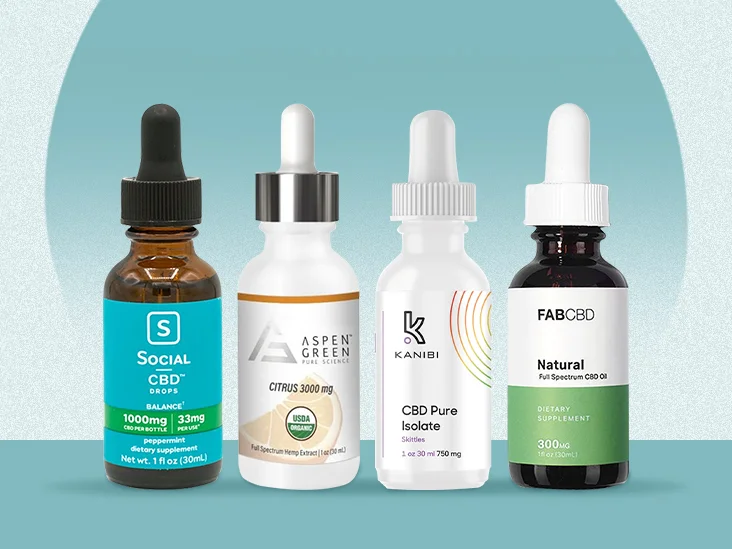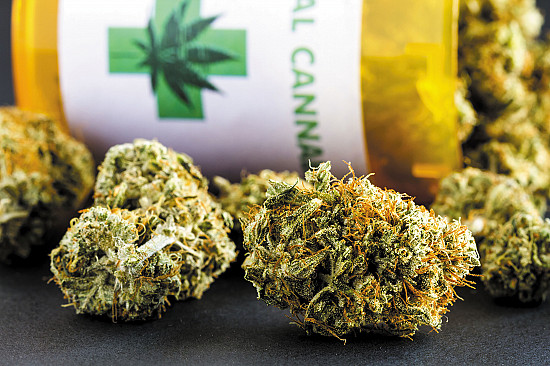Cannabidiol, commonly known as CBD, has gained widespread popularity in recent years for its purported therapeutic effects. It is a compound found in the cannabis plant that does not produce the psychoactive effects associated with THC, the primary psychoactive compound in marijuana. CBD is used to treat a variety of conditions in adults, including chronic pain, anxiety, and insomnia. However, there has been growing interest in the use of CBD for children and adolescents. While there are some potential benefits of using CBD for this population, there are also risks to consider.
Benefits of CBD for Children and Adolescents
CBD has shown promise in treating some health conditions that affect children and adolescents. Some of the potential benefits of CBD use for this population include:
- Epilepsy
One of the most well-known benefits of CBD for children and adolescents is its ability to treat epilepsy. In 2018, the FDA approved Epidiolex, a CBD-based medication, for the treatment of two rare forms of childhood epilepsy: Dravet syndrome and Lennox-Gastaut syndrome. These conditions are characterized by frequent seizures that can be difficult to control with traditional medications. Clinical trials have shown that Epidiolex can significantly reduce seizure frequency in children with these conditions.
2. Anxiety
Anxiety is a common mental health condition that affects many children and adolescents. While traditional medications can be effective in treating anxiety, they can also have side effects such as drowsiness, dizziness, and nausea. CBD has been shown to have anxiolytic effects in both animal and human studies. It works by interacting with the body’s endocannabinoid system, which plays a role in regulating mood, anxiety, and stress.
3. Pain
CBD has been shown to have analgesic properties, meaning it can help to reduce pain. This could be particularly beneficial for children and adolescents who suffer from chronic pain conditions such as migraines, arthritis, or fibromyalgia. While more research is needed in this area, some studies have suggested that CBD may be an effective alternative to traditional pain medications.
4. Autism Spectrum Disorder (ASD)
Autism Spectrum Disorder (ASD) is a neurodevelopmental disorder that affects communication, social interaction, and behavior. While there is no cure for ASD, CBD has been studied as a potential treatment for some of the symptoms associated with the disorder. One small study found that children with ASD who were given CBD experienced a significant improvement in their symptoms, including anxiety, communication, and behavioral issues.
Risks of CBD for Children and Adolescents
While CBD may have some potential benefits for children and adolescents, there are also risks that should be considered. These risks include:
- Lack of Regulation
One of the biggest risks of using CBD for children and adolescents is the lack of regulation in the industry. Unlike prescription medications, CBD products are not regulated by the FDA. This means that there is no guarantee that the product contains the amount of CBD advertised on the label, or that it is free from contaminants such as pesticides or heavy metals. This lack of regulation makes it difficult for parents and healthcare providers to know what they are giving to their children.
2. Drug Interactions
CBD can interact with certain medications, including those commonly prescribed to children and adolescents. For example, CBD can increase the blood-thinning effects of warfarin, a medication used to prevent blood clots. This can increase the risk of bleeding. CBD can also interact with medications metabolized by the liver, which could lead to an increased risk of side effects.
3. Side Effects
While CBD is generally considered safe, it can cause side effects in some people. Common side effects include drowsiness, fatigue, dry mouth, and diarrhea.




